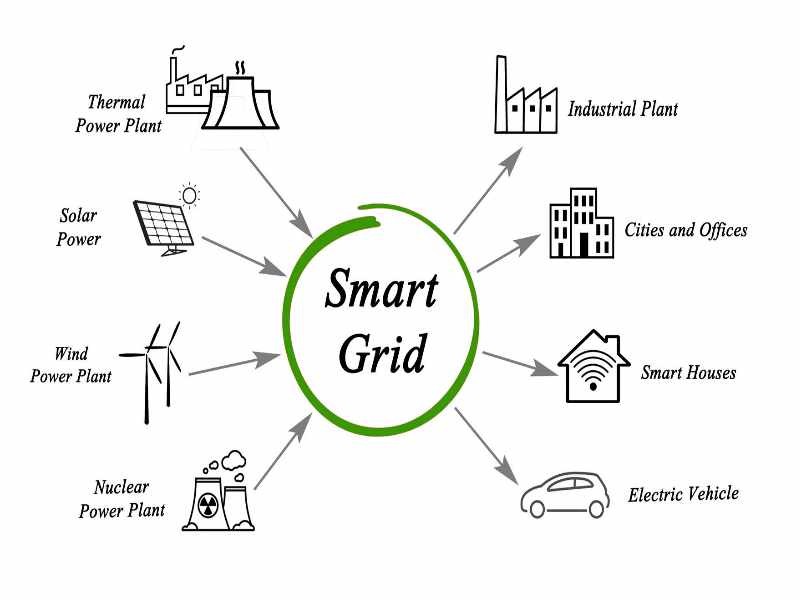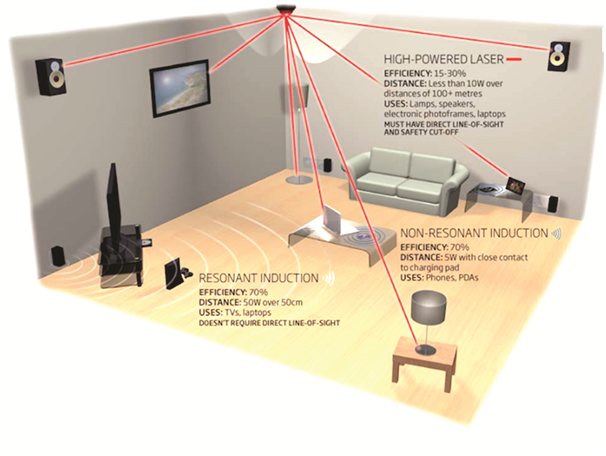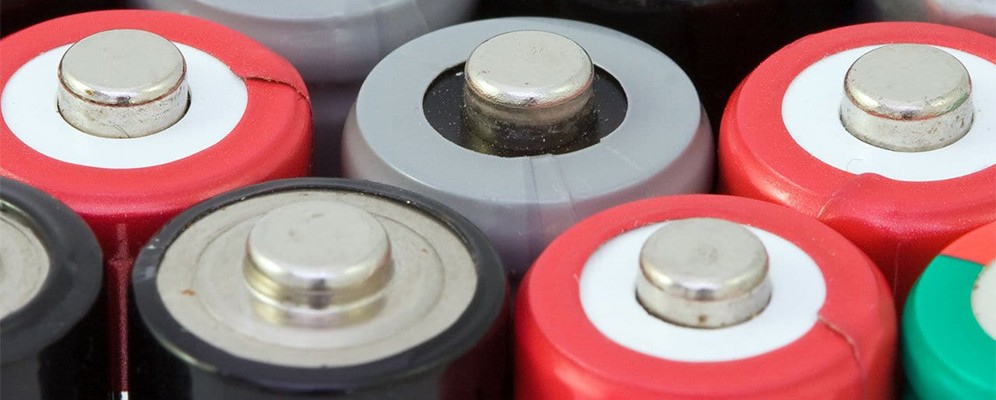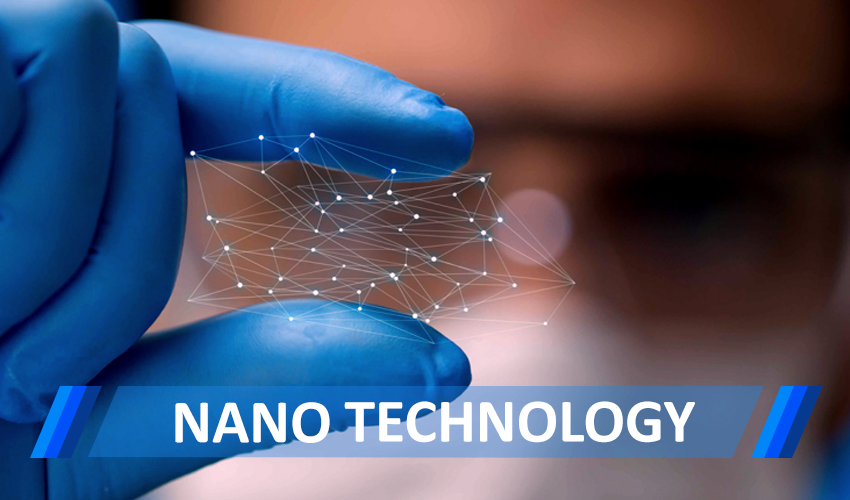Electrical engineering is a rapidly evolving field that has seen significant advancements and innovations in recent years. With the world becoming increasingly reliant on technology, electrical engineers are at the forefront of driving these changes. In this article, we will explore the latest trends and innovations in electrical engineering and their potential impact on the industry and society.
Overview of the Current State of Electrical Engineering
The field of electrical engineering encompasses a wide range of technologies and applications, from power generation and distribution to telecommunications and electronics. The industry has seen significant growth in recent years, with the global electrical engineering market projected to reach $1.25 trillion by 2028 (Grand View Research).
The Latest Technological Advancements and Innovations
Advancements in technology have driven innovation in electrical engineering, leading to the development of new products and services. One of the most significant developments in recent years is the development of 5G technology and the Internet of Things (IoT). These technologies are driving the development of new products and services, such as smart homes, self-driving cars, and advanced robotics.
Another area of innovation in electrical engineering is the use of renewable energy sources. Countries like Denmark generate over 40% of their energy from renewable sources, including wind and solar power. The use of renewable energy sources is becoming increasingly popular, as it is more sustainable and environmentally friendly than traditional fossil fuels.
Emerging Trends in the Field
The field of electrical engineering is constantly evolving, with new technologies and applications emerging all the time. Here are five emerging trends that are likely to shape the future of electrical engineering:
1. Electric vehicles: With concerns about climate change and air pollution, there is growing demand for electric vehicles (EVs). The development of more efficient batteries and charging infrastructure is driving innovation in the EV industry, and electrical engineers are at the forefront of this trend.
2. Artificial intelligence (AI): AI is increasingly being used in electrical engineering to develop new products and services. For example, AI is being used to develop self-driving cars and smart homes, as well as to improve the efficiency of power generation and distribution systems.
3. Energy storage: As the use of renewable energy sources becomes more widespread, the need for efficient energy storage solutions is becoming increasingly important. Electrical engineers are developing new technologies for storing energy, such as batteries and supercapacitors, that can be used to power homes, vehicles, and other applications.
4. Smart grids: The development of smart grids is another emerging trend in electrical engineering. Smart grids use advanced technologies to monitor and control the distribution of electricity, making the system more efficient and reliable.
5. Cybersecurity: As the use of connected devices and systems becomes more widespread, cybersecurity is becoming an increasingly important issue for the electrical engineering industry. Electrical engineers are developing new technologies and protocols to protect against cyber attacks and ensure the security of connected devices.
Potential Impact of these Trends on the Industry and Society
The emerging trends in electrical engineering have the potential to transform the industry and society in significant ways. For example, the development of electric vehicles and renewable energy sources could help reduce greenhouse gas emissions and mitigate the effects of climate change.
AI and smart home technologies could improve the quality of life for people by making homes more energy-efficient and improving home automation. The development of smart grids could lead to a more reliable and efficient energy distribution system.
The use of cybersecurity technologies could help protect against cyber attacks, ensuring the security of connected devices and systems. These trends have the potential to create new opportunities for innovation and growth in the electrical engineering industry.
Case Studies and Examples of Successful Implementation
Several case studies and examples illustrate how emerging trends in electrical engineering are already being implemented successfully. For example, Tesla's electric vehicles have been widely adopted, with the company
being a leader in the development of sustainable transportation. Tesla's electric cars utilize cutting-edge battery technology, which enables them to achieve impressive ranges on a single charge. The success of Tesla has encouraged other automakers to invest in electric vehicle technology, with many now offering their own electric models.
Another example of successful implementation of emerging trends in electrical engineering is the use of renewable energy sources. The increasing popularity of wind and solar power has led to a significant reduction in carbon emissions in many countries. Denmark, for instance, generates over 40% of its energy from renewable sources, with wind power being the primary source of energy. The country has become a leader in the development and implementation of renewable energy technologies.
Advancements in artificial intelligence (AI) have also had a significant impact on the field of electrical engineering. AI has enabled the development of self-driving cars, smart homes, and advanced robotics, among other applications. The use of AI in electrical engineering has also improved the efficiency of power systems, making them more reliable and cost-effective.
Despite the numerous benefits of emerging trends and technologies in electrical engineering, there are also some potential drawbacks that must be considered. For example, the increasing reliance on technology could lead to job losses, particularly in industries that are heavily automated. Additionally, the development and implementation of new technologies may require significant investments, which could be a challenge for smaller companies and startups.
Conclusion
In conclusion, the field of electrical engineering is constantly evolving, with new technologies and innovations being developed and implemented every year. The emerging trends in electrical engineering, such as the development of 5G technology, the Internet of Things (IoT), renewable energy, and AI, are expected to have a significant impact on the industry and society in the future. It is essential for professionals in the field, such as electrical engineers, industry professionals, and students, to keep up-to-date with these trends and developments to remain competitive and relevant in their careers. With proper implementation and management, these emerging technologies and trends could lead to significant improvements in energy efficiency, sustainability, and quality of life.









